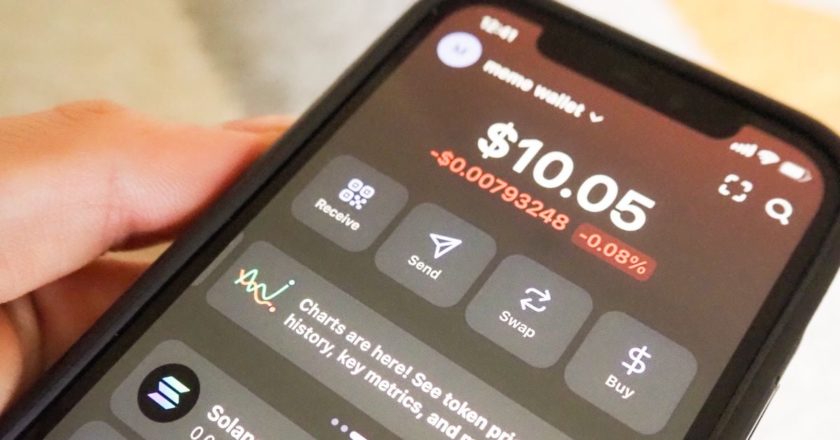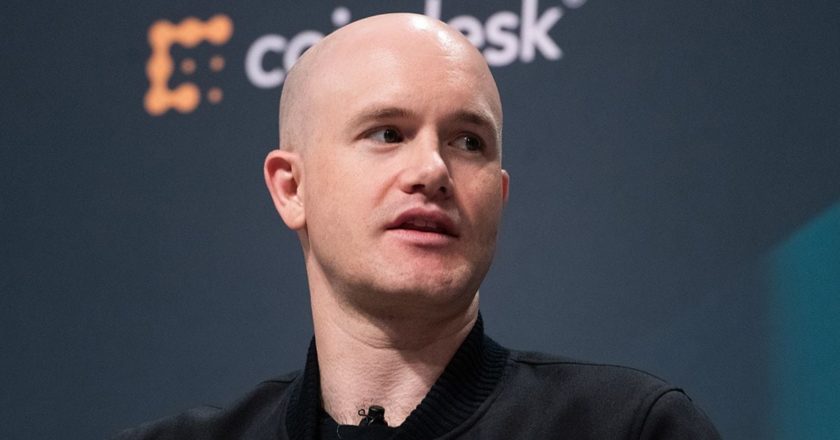And other lessons I learned on the front lines of hypergrowth
When I joined Coinbase in 2014, we were 10 people in a tiny loft in SoMa. The master bedroom served as our conference room, and when we needed privacy, we took calls in the laundry room. Every so often, one of us would have to restart the router to kick the wifi back into action. Today, Coinbase has offices in six cities across three countries. We serve 20 million accounts in 32 countries. Not only do we now have safe and stable wifi — and proper places to take calls — we also have requisite fancy things like kombucha and free lunch. This week we hired our 500th full time employee. How did we get here?
Back in 2014, I couldn’t have dreamed we’d scale this organization like we have. Maybe more notably, I had never scaled a company like I was about to at Coinbase. Prior to Coinbase, I worked at Stanford’s Graduate School of Business in the Career Management office. As the manager of our Recruiting Services team, I was tasked with connecting students with employers while ensuring every student understood their career and life vision, and had a plan of action to achieve it. So while I walked into Coinbase with some of the skills I use today, none of those skills had to do with growing a team to 500+ people.
I’ll be the first to say that hypergrowth comes with growing pains. But it also serves as a master class on what works — and what doesn’t — when scaling an organization. In this moment, as we cross the milestone of hire number 500, I wanted to look back and share the lessons that have stuck with me most as we’ve grown from 10 to 50 to 200 — and I believe will get us to 5,000.
I love lists. In the early days at Coinbase, most of my communications to the company were brief, bulleted updates. I thought I was saving everyone time — my notes were thoughtful, well-intentioned, and efficient. But eventually I learned that people fill in the contextual gaps you leave with fear or doubt, because they don’t understand how and why a particular decision was made. It’s important to remember that transparency isn’t just about showing outcomes, it’s about sharing rationale and holistic context. At Coinbase we treat employees like adults, and that means trusting them with information. Now, I always present the “why,” and coach my teams to do the same, so everyone has the benefit of seeing the whole picture.
At a company in hypergrowth mode, things are changing all the time — and that’s kind of the point. But constant change only feels okay if we have set expectations that it’s totally normal for a company experiencing the moment we’re in. People — especially Coinbase people — are creative, resilient, and optimistic. When we tell them what to expect, they can handle it — but only if they know what’s coming.
Early on at Coinbase, I learned that it was important to share my points of view in the language of the company — in our case, data — to make an impact. I had a few guesses at what our first engagement survey results would show, but it wasn’t until I actually presented data to our leaders that I was able to effectively make my case. Today at Coinbase, we share ten metrics with the entire company each month, three of which are about our people. Speaking the language of data has allowed our People Ops team to be a strategic part of our business, and it’s allowed us to create and retain our seat at the leadership table over the last four years.
Building a high-functioning leadership team is a project that never ends. And whether positive or negative, the relationship dynamics at play between leaders often trickle down to their teams. Dan (our General Manager of Coinbase Consumer) and I used to disagree on pretty much everything, and our teams often followed suit. When we finally realized we had a lot in common — we both cared immensely for the organization and the people in it — we started to shift our framing and use each other as allies and sounding boards to solve problems together. Today, Dan is a valued partner, and our teams are far more collaborative. As a leader, investing in your relationships is always worth the time it takes.
If this list doesn’t feel complete, that’s because it’s not. We’ve come a long way from taking phone calls in a laundry room, and we’ve got even more growing to do if we want to fulfill our mission of creating an open financial system for the world. As we continue to scale, I’m continuing to learn — and adding to this list. If this journey sounds like the kind you want to be part of, reach out to us — we’re hiring.



